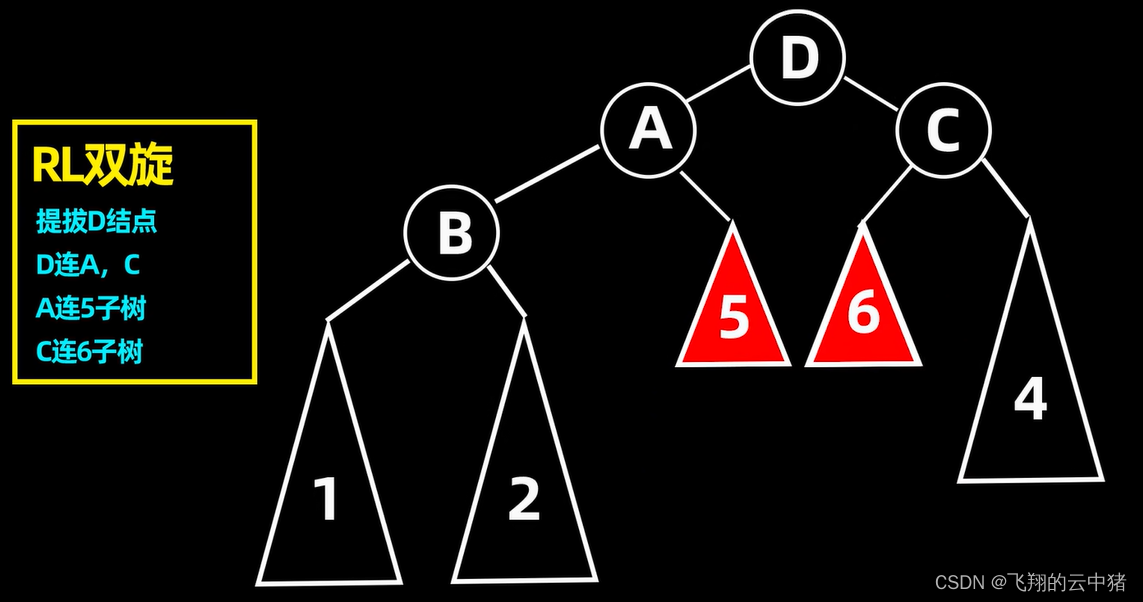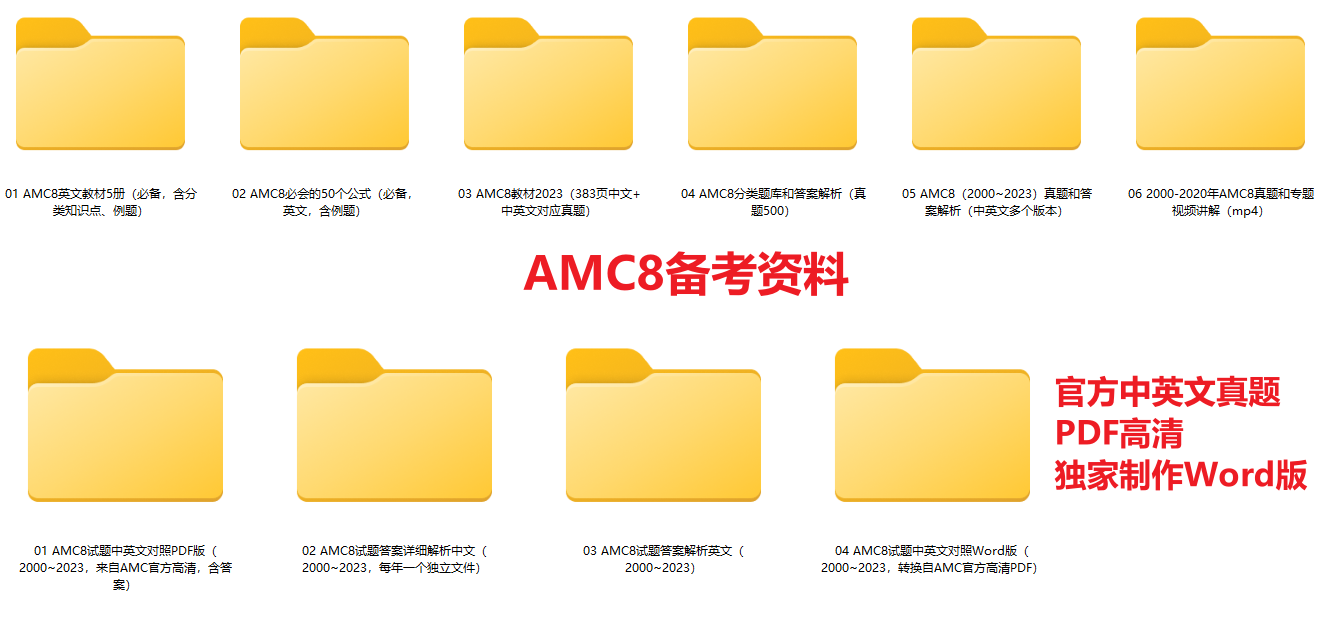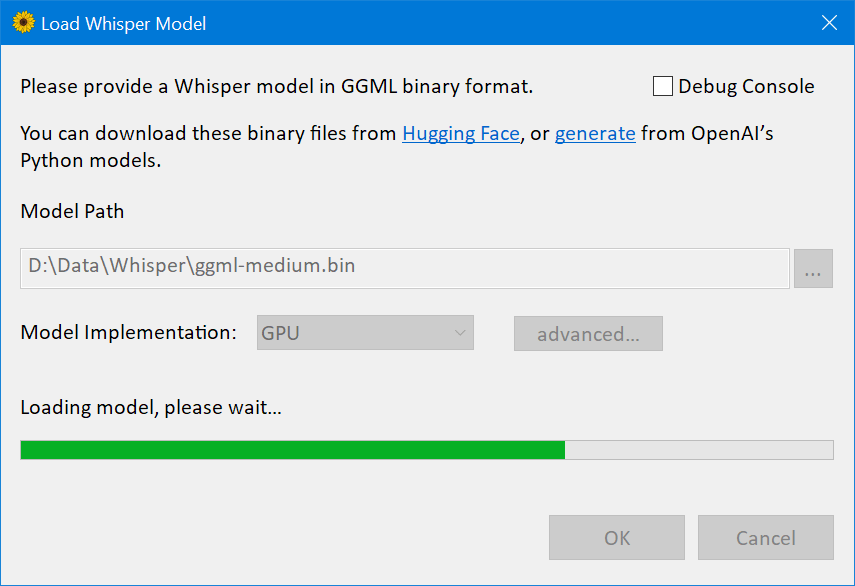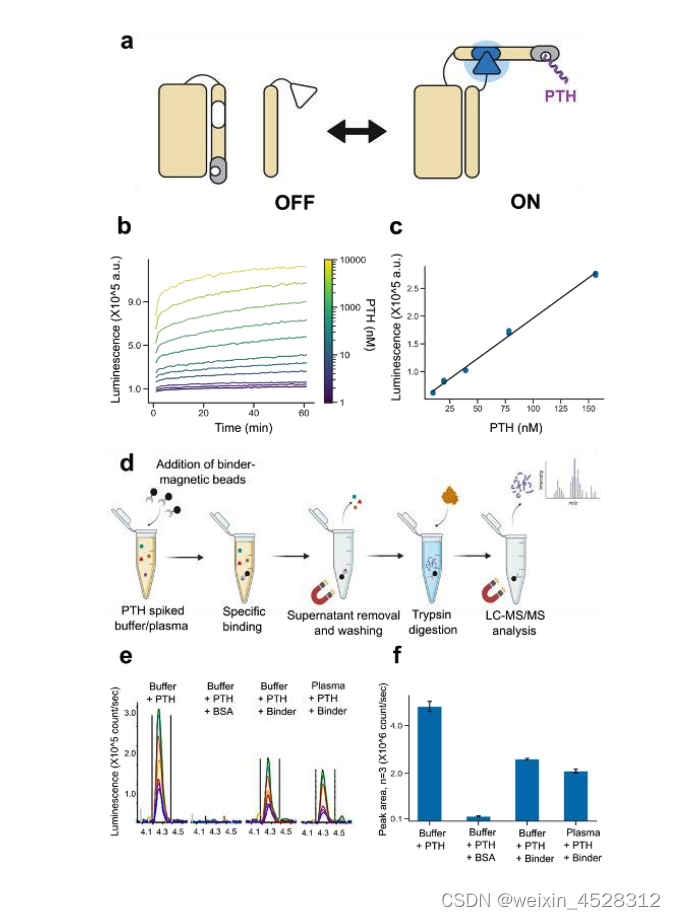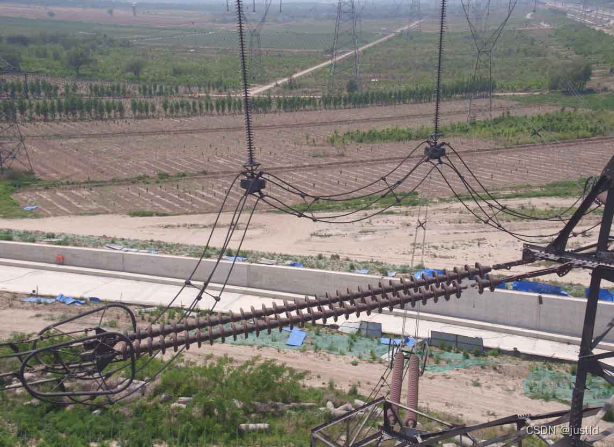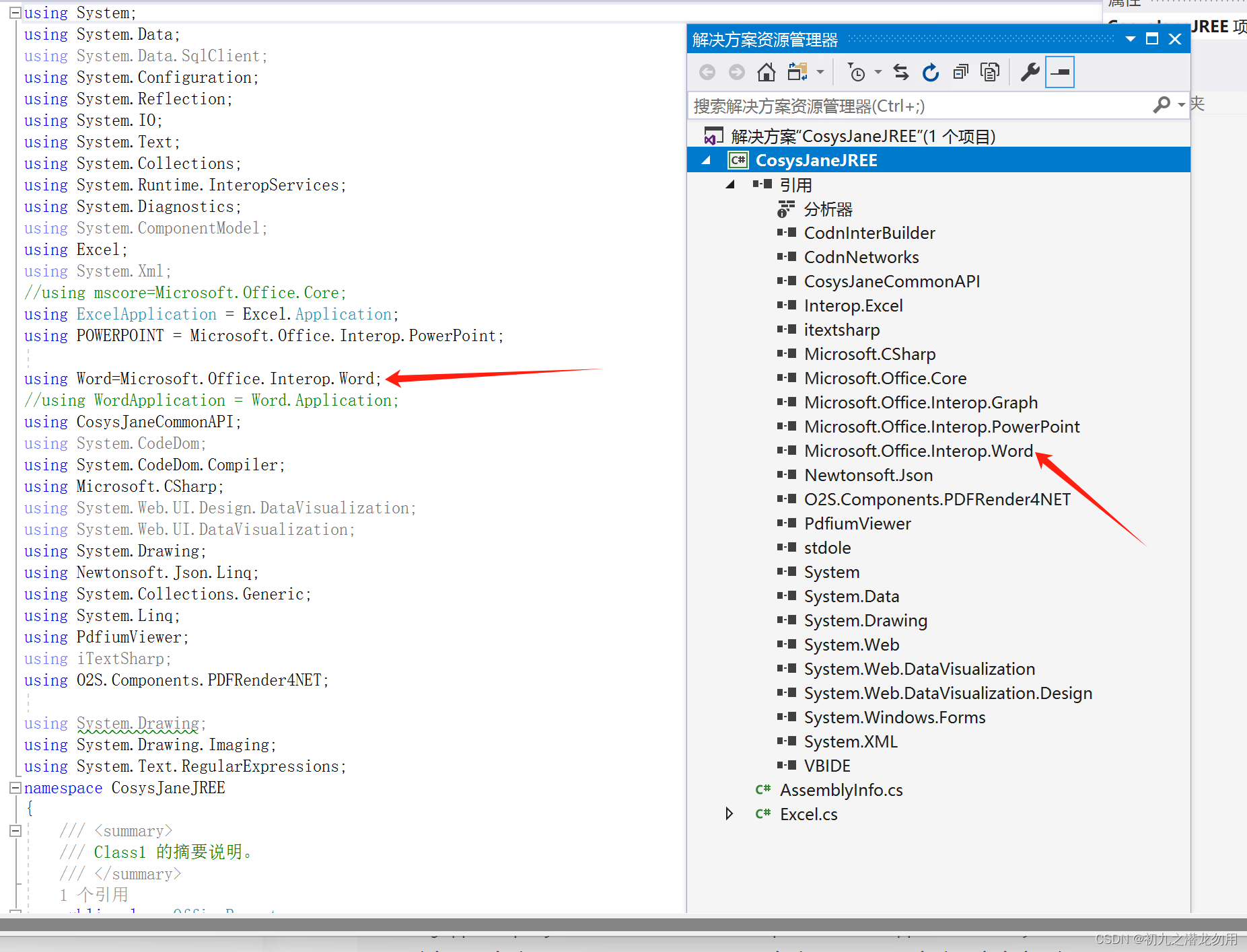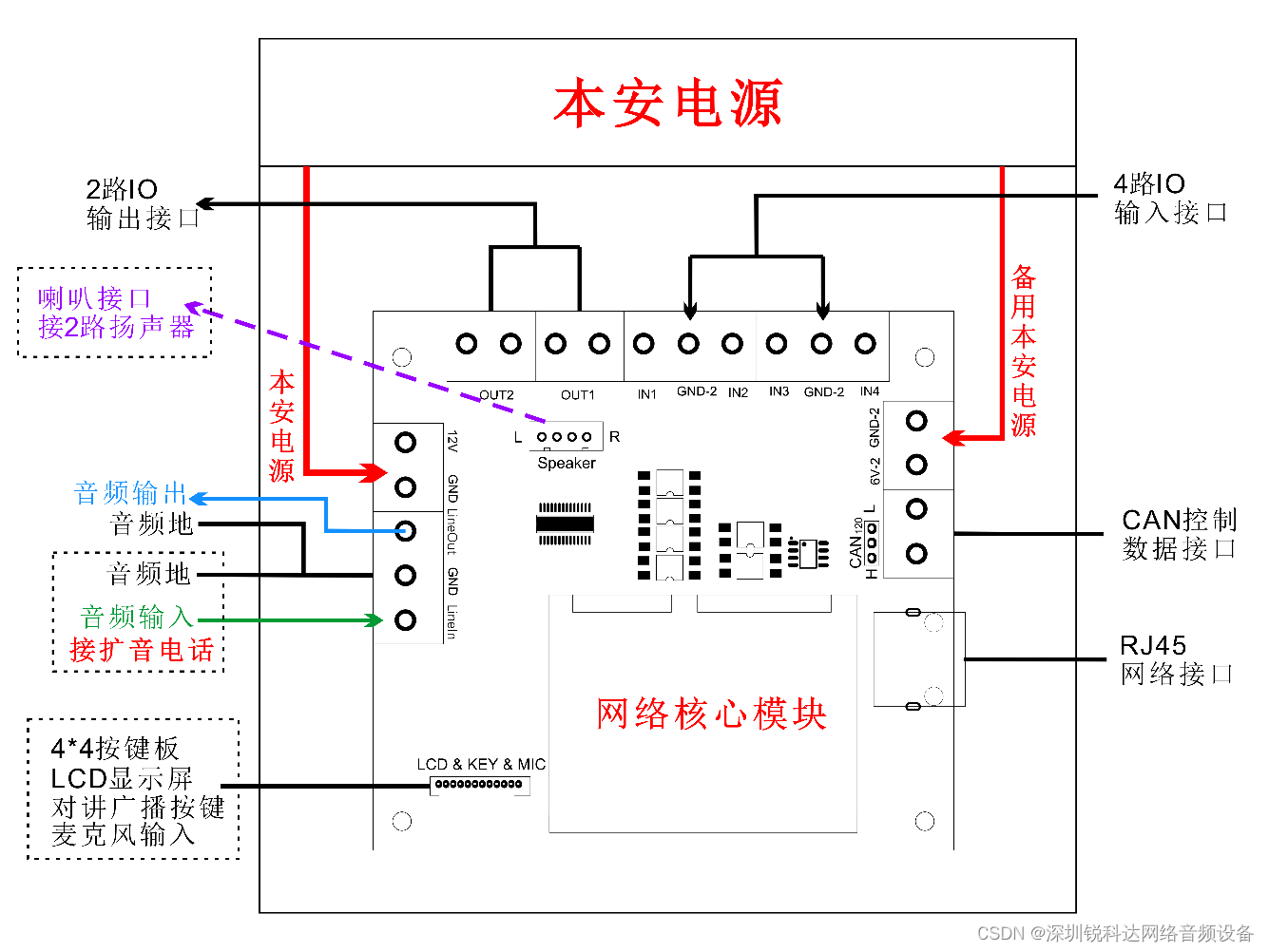blender scripting 编写
- 一、查看ui按钮对应的代码
- 二、查看或修改对象名称
- 三、案例:渲染多张图片并导出对应的相机参数
一、查看ui按钮对应的代码

二、查看或修改对象名称
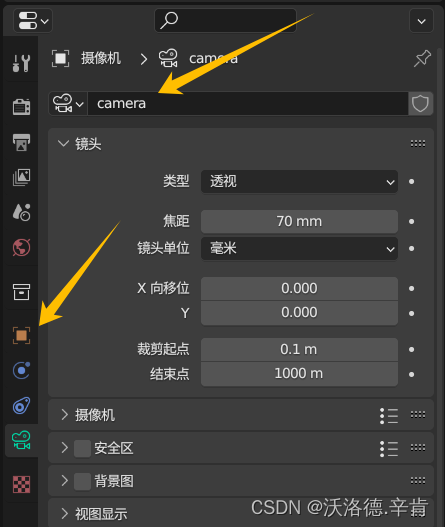
三、案例:渲染多张图片并导出对应的相机参数
注:通过ui交互都设置好,如果ui能渲染,该代码就能运行成功。
import bpy
import math
import os
from mathutils import Vector, Matrix
from math import radians
import bmesh
import datetime
import time
import numpy as np
import os
#from os import pathscenenumber='baseline_scene6_clean'#basefolder=os.path.join(os.path.expanduser('~'), 'Documents', 'Zantis', scenenumber)
scene = bpy.data.scenes["Scene"]
#scene.camera.rotation_mode='YZX'
def length():leg=0.00p1=[0.0,0.0]temp=0ob = bpy.context.object # active objectfor p in ob.data.splines.active.bezier_points:p2=p1p1=[p.co.x,p.co.y]if(temp==0):temp=1continuedistance = math.sqrt( ((p1[0]-p2[0])**2)+((p1[1]-p2[1])**2) )leg=leg+distancereturn legitem=0
multiply=40
camera = bpy.data.objects['Camera']
target=bpy.data.objects['mesh.001']
my_obj=[]#my_obj.append("019")
#my_obj.append("021")
#my_obj.append("029")
#my_obj.append("030")
#my_obj.append("031")
#my_obj.append("032")
#my_obj.append("033")
#my_obj.append("034")
my_obj.append("040")
#my_obj.append("042")t1 = time.time()#import bpy#for ob in bpy.context.selected_editable_objects:# ob.active_material_index = 0# for i in range(len(ob.material_slots)):
# bpy.ops.object.material_slot_remove({'object': ob})for item in my_obj:#break# basefolder=os.path.join(os.path.expanduser('~'), 'Desktop', 'Urban_Enviroment_Texturing','Mesh_Texturing_Pipeline', 'Scenes', '005', 'images')basefolder = os.path.join('E:\\', 'chromeDownload', 'mvs_test', 'scenes', '006', 'images')t2 = time.time()for ob in bpy.context.selected_objects:ob.select_set(False)curv='Curve.'+itempath = bpy.data.objects[curv]camera.select_set(True)path.select_set(True)# bpy.context.view_layer.objects.active = path # parent# bpy.ops.object.parent_set(type='FOLLOW') # follow path# camera.location=path.matrix_world @ bpy.context.object.data.splines.active.bezier_points[0].co# target.location=path.matrix_world @ bpy.context.object.data.splines.active.bezier_points[1].co# direc=target.location-camera.locationframes=(int)(length()*multiply) # bpy.data.scenes["Scene"].frame_end=frames# bpy.context.object.data.path_duration=framesframe_is=0frames=frames+1print(frames)count=0for frame_is in range(scene.frame_start, scene.frame_end + 1):# for frame_is in range(frames - 3):t3 = time.time()scene.frame_current=frame_is#print(scene.frame_currents
# s=str(scene.objects['Camera'].matrix_world[0][3])+"_"+str(scene.objects['Camera'].matrix_world[1][3])+"_"+str(scene.objects['Camera'].matrix_world[2][3])+"_"
# s=s+str(direc[0])+"_"+str(direc[1])+"_"+str(direc[2])+".jpg"s = str(scene.frame_current).zfill(5)+".jpg"image_filepath=os.path.join(basefolder,s)#print(s)bpy.data.scenes['Scene'].render.filepath = image_filepath
# bpy.ops.render.render(write_still=True)elapsedTime = time.time() - t3print("Frame time passed {hours:d}:{minutes:d}:{seconds:d}".format(hours=int((elapsedTime / 60 ** 2) % (60 ** 2)), minutes=int((elapsedTime / 60) % (60)),seconds=int(elapsedTime % 60)))# print('path to create: ', os.path.join(os.path.expanduser('~'), 'Desktop', 'Data','Depth_data',scenenumber+'_'+item))if not os.path.exists(os.path.join(os.path.expanduser('~'), basefolder)):os.mkdir(os.path.join(os.path.expanduser('~'), basefolder))if not os.path.exists(os.path.join(os.path.expanduser('~'), basefolder, 'RTm/')):os.mkdir(os.path.join(os.path.expanduser('~'), basefolder, 'RTm/'))# Set up rendering of depth map:bpy.context.scene.use_nodes = Truetree = bpy.context.scene.node_treelinks = tree.links# clear default nodesfor n in tree.nodes:tree.nodes.remove(n)# create input render layer noderl = tree.nodes.new('CompositorNodeRLayers')RGB2BW = tree.nodes.new(type="CompositorNodeRGBToBW")links.new(rl.outputs[0], RGB2BW.inputs[0])map = tree.nodes.new(type="CompositorNodeMapValue")# Size is chosen kind of arbitrarily, try out until you're satisfied with resulting depth map.map.size = [0.05]map.use_min = Truemap.min = [0]map.use_max = Truemap.max = [1]links.new(rl.outputs[2], map.inputs[0])mix_multi = tree.nodes.new(type="CompositorNodeMixRGB")# Size is chosen kind of arbitrarily, try out until you're satisfied with resulting depth map.mix_multi.blend_type = 'MULTIPLY'mix_multi.inputs[2].default_value[0] = 0.5mix_multi.inputs[2].default_value[1] = 0.5mix_multi.inputs[2].default_value[2] = 0.5
# mix_multi.inputs[2].default = [0.5 , 0.5, 0.5, 1.0]links.new(rl.outputs[3], mix_multi.inputs[1])mix_multi2 = tree.nodes.new(type="CompositorNodeMixRGB")# Size is chosen kind of arbitrarily, try out until you're satisfied with resulting depth map.mix_multi2.blend_type = 'ADD'mix_multi2.inputs[2].default_value[0] = 0.5mix_multi2.inputs[2].default_value[1] = 0.5mix_multi2.inputs[2].default_value[2] = 0.5links.new(mix_multi.outputs[0], mix_multi2.inputs[1])invert = tree.nodes.new(type="CompositorNodeInvert")links.new(map.outputs[0], invert.inputs[1])# The viewer can come in handy for inspecting the results in the GUIdepthViewer = tree.nodes.new(type="CompositorNodeViewer")links.new(invert.outputs[0], depthViewer.inputs[0])# Use alpha from input.links.new(rl.outputs[1], depthViewer.inputs[1])# Normal map# The viewer can come in handy for inspecting the results in the GUIdepthViewer2 = tree.nodes.new(type="CompositorNodeViewer")links.new(rl.outputs[1], depthViewer2.inputs[1])links.new(mix_multi2.outputs[0], depthViewer2.inputs[0])# fileOutput = tree.nodes.new(type="CompositorNodeOutputFile")
# fileOutput.base_path = os.path.join(os.path.expanduser('~'), 'Desktop', 'Data','Depth_data',scenenumber+'_'+item, 'depth')
## fileOutput.file_slots[0].path = str(scene.frame_current).zfill(5)
# links.new(invert.outputs[0], fileOutput.inputs[0])
#
# fileOutput2 = tree.nodes.new(type="CompositorNodeOutputFile")
# fileOutput2.base_path = os.path.join(os.path.expanduser('~'), 'Desktop', 'Data','Depth_data',scenenumber+'_'+item,'normal')
## fileOutput2.file_slots[0].path = str(scene.frame_current).zfill(5)
# links.new(mix_multi2.outputs[0], fileOutput2.inputs[0])
#
# fileOutput3 = tree.nodes.new(type="CompositorNodeOutputFile")
# fileOutput3.base_path = os.path.join(os.path.expanduser('~'), 'Desktop', 'Data','Depth_data',scenenumber+'_'+item,'panoramas_BW')
## fileOutput3.file_slots[0].path = str(scene.frame_current).zfill(5)
# links.new(RGB2BW.outputs[0], fileOutput3.inputs[0])bpy.ops.render.render(write_still=True)location, rotation = scene.objects['Camera'].matrix_world.decompose()[0:2]R_world2bcam = rotation.to_matrix().transposed()T_world2bcam = -1*R_world2bcam @ locationCamera_RT_matrix = Matrix((R_world2bcam[0][:] + (T_world2bcam[0],),R_world2bcam[1][:] + (T_world2bcam[1],),R_world2bcam[2][:] + (T_world2bcam[2],),[0,0,0,1],))np.savetxt(os.path.join(os.path.expanduser('~'), basefolder, 'RTm')+'/'+str(frame_is).zfill(6)+"_RTm.txt",np.array(Camera_RT_matrix))# breakscene.frame_current=0path.select_set(False)bpy.ops.object.parent_clear(type='CLEAR')# camera.select_set(False)
elapsedTime = time.time() - t1
print("Total time passed {hours:d}:{minutes:d}:{seconds:d}".format(hours=int((elapsedTime / 60 ** 2) % (60 ** 2)), minutes=int((elapsedTime / 60) % (60)),seconds=int(elapsedTime % 60)))
print("Finished")
